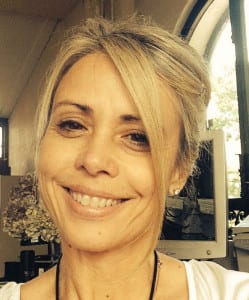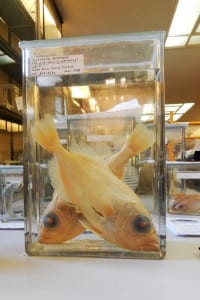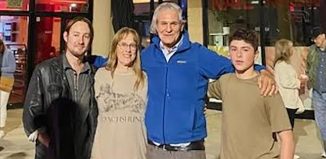By Victoria Espinoza

One employee at the Suffolk County Vanderbilt Museum was a fan of the spot long before she started working there and improving many of the exhibits.
Stephanie Gress, director of the curatorial department, frequented the Vanderbilt as a kid growing up in St. James, and even went there on her second date with her future husband to see the Pink Floyd laser show at the museum’s planetarium.
“A lot of people have a fond memory from here,” Gress said in a phone interview. “My niece actually had her wedding here as well.”
Gress has been upgrading exhibits at the Vanderbilt for nearly 15 years. She said some of the collections in the museum were more than 100 years old when she stepped in and needed refurbishing, and she was able to find funding to make the renovations possible.
The first exhibit Gress focused on, the Habitat Gallery, had been closed to the public since 1996, but she reopened it in 2001. She received a Save America’s Treasures grant — through the National Park Service — to make the renovations possible, including cleaning and restoring taxidermied animals displayed inside the dioramas.
“There was a whole generation of people on Long Island who hadn’t seen the exhibit,” Gress said.
For two years, Gress has also been working on a project at the Hall of Fishes that involves working with dry and wet fish specimens. She said some of the fish are a century old, and they have to be treated with extreme care because they are so fragile.

William K. Vanderbilt II, the museum’s founder, caught all of the fish himself, according to Gress, and some were the first of their kind ever caught, so “he had the fun task of naming them.”
She said she feels lucky to have found the money to finance these projects because that can be difficult, but is crucial to keep the displays in the museum in their best shape.
Gress likes many aspects of her job.
“I enjoy seeing the reactions of the kids and parents that come here,” Gress said. “There is nothing else like this on Long Island. You can’t see another polar bear or whale shark around here.”
She said aims to continue Vanderbilt’s intention when he created the museum, — to bring pieces of other countries and cultures to Long Island.
“You can choose to visit the planetarium, see the museum or even just take a picnic on the grounds.”
Gress wrote a book this year, “Eagle’s Nest: The William K. Vanderbilt II Estate,” which has details about why the museum founder built his estate in Centerport and “how the place changed over the years, based on changes in his life, and how we use it today,” she said when the book was being released over the summer.
In terms of future projects, Gress said in an interview this week that there is always something to work on, and she expects to soon digitize the collections online to bring them to people who can’t make the trip to the museum.






